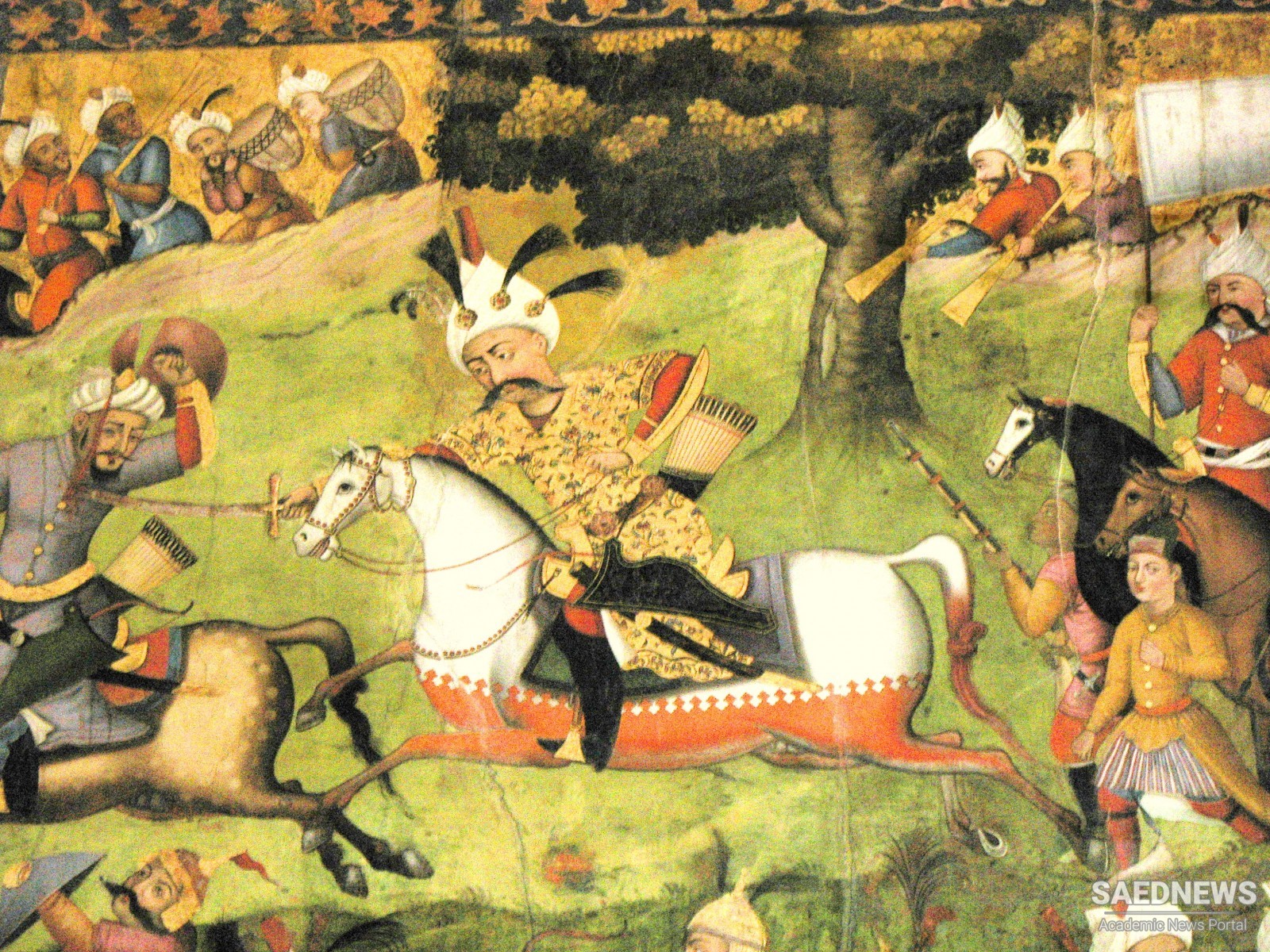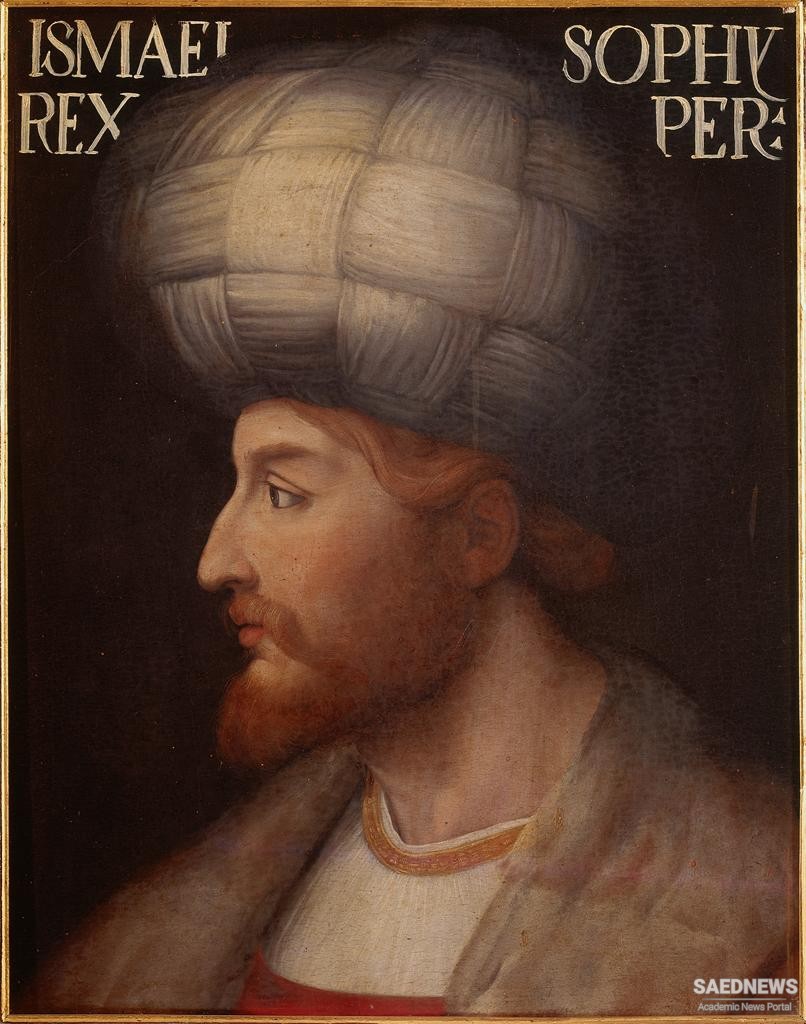In the summer of 906-7/1501, after his victory over the Aq Quyunlu, Isma'il entered the Turkmen capital Tabriz, ascended the throne and took the title of Shah. He thereby founded the rule of the Safavid dynasty in Iran which was to last until 1148/1736. Thus after becoming Grand Master of the Ardabil order on the death of his brother Sultan 'Ali, he finally attained the political power in pursuit of which his father and grandfather had already lost their lives. Whether we think of this event as marking the beginning of modern Persian history or not, it certainly heralds a new era. The historical achievement of the Safavids was to establish a strong, enduring state in Iran after centuries of foreign rule and a lengthy period of political fragmentation. Although the preceding Turkmen dynasties, the Qara Quyunlu and the Aq Quyunlu, created certain preconditions of this achievement and on the surface pursued similar aims for a short time — came near, indeed, to realising them — their success was only temporary. Despite all their military and political attainments in the late 8th/14th and 9th/15 th centuries — for example, the way in which they maintained their independence vis-a-vis such powerful neighbours as the Ottomans, the Mamluks and the Timurids, or founded new states culminating in the kingdoms of Jahan Shah and Uzun Hasan - not one of their rulers succeeded in establishing a lasting political structure. Though their rule extended deep into Persian territory, it represents from the point of view of the history of Persia merely peripheral formations beyond or on the frontiers of Iran. Not until the Safavid era did Iran witness the rise of a state similar in importance to the Ottoman empire or the empire of the Egyptian Mamluks. For more than two centuries the Safavid kingdom prolonged the older political and cultural tradition of Persia and endowed the country and its peoples with a unique character of historic significance, which has in part endured even up to the present day. Its typical features include the revival of the monarchist tradition, the acquisition of historically justified territory, the creation of a new military and political structure, the spread of Shia creed as the state religion, the Iranicisation of Persian Islam, the continued progress of modern Persian towards becoming the language of politics and administration in modern Iranian history, and the development of a specific culture which reached its peak in architecture (still visible today), but which also produced remarkable results in the intellectual life of the Persian nation. The importance of this dynasty is not confined to the national history of Persia: it was the Safavids who led Iran back on to the stage of world history. Their conflicts with the Ottomans and their policy of alliance with the Western powers have a world-historical interest and a direct relevance to the history of Western Europe (Source: The Cambdridge History of Iran, vol. 6).



 Early History of Iran: Triple Periods
Early History of Iran: Triple Periods














































